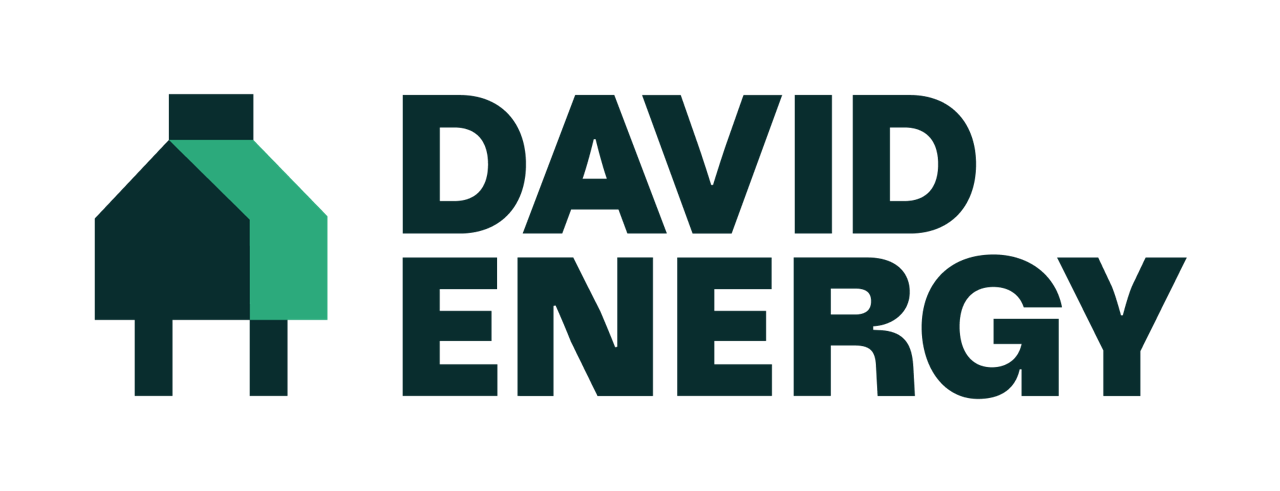Managing your Peak Demand
Peak demand in energy refers to the maximum amount of electricity or power consumed within a specific period. It represents the highest level of electricity usage experienced by a utility, grid operator, or energy system during a given timeframe.
The cost of peak demand is passed down to the customer depending on their highest reading in a billing cycle. These readings are typically on 15-minute intervals. Utilities will take the highest reading when processing your statement.
Peak demand typically occurs during periods of high energy consumption, such as:
Extreme Weather: During periods of extreme heat or cold, heating or cooling can be used extensively to maintain comfortable temperatures.
Daytime Hours: Typically, businesses and consumers use electricity during these hours when people are awake, including appliances, lighting and electronics.
Evenings: In residential areas, peak demand could spike in the evenings when people return home and use more electricity.
Managing your peak demand can reduce your bills by shaving the demand reading that your utility will bill against.
How to Reduce Peak Demand
Programs, like demand response, can encourage consumers to use electricity more effectively and shift consumption outside of peak periods. This reductions helps businesses—and utilities—lower the overall electricity costs, improving grid reliability, and reducing environmental impacts.
For your business, it's important to understand when your peaks are happening to make necessary operational changes with the highest impact. Below are suggestions to reduce your peaks across your home or business.
Smart thermostats minimize heating and cooling during unoccupied times
Stagger your all equipment start times to prevent them turning on at once
Shift or delay use of large appliances (e.g. dishwashers, dryers) to unoccupied hours
Increase your AC set points by a few degrees
Avoid using certain appliances on summer’s hottest days
Unplug unused electronic devices at close of business
Ensure your HVAC and AC units are in tip-top shape to run at peak efficiency
Clean or change filters; keep exterior free of debris
If you have a pool, adjust when you run the pump to avoid peak hours
